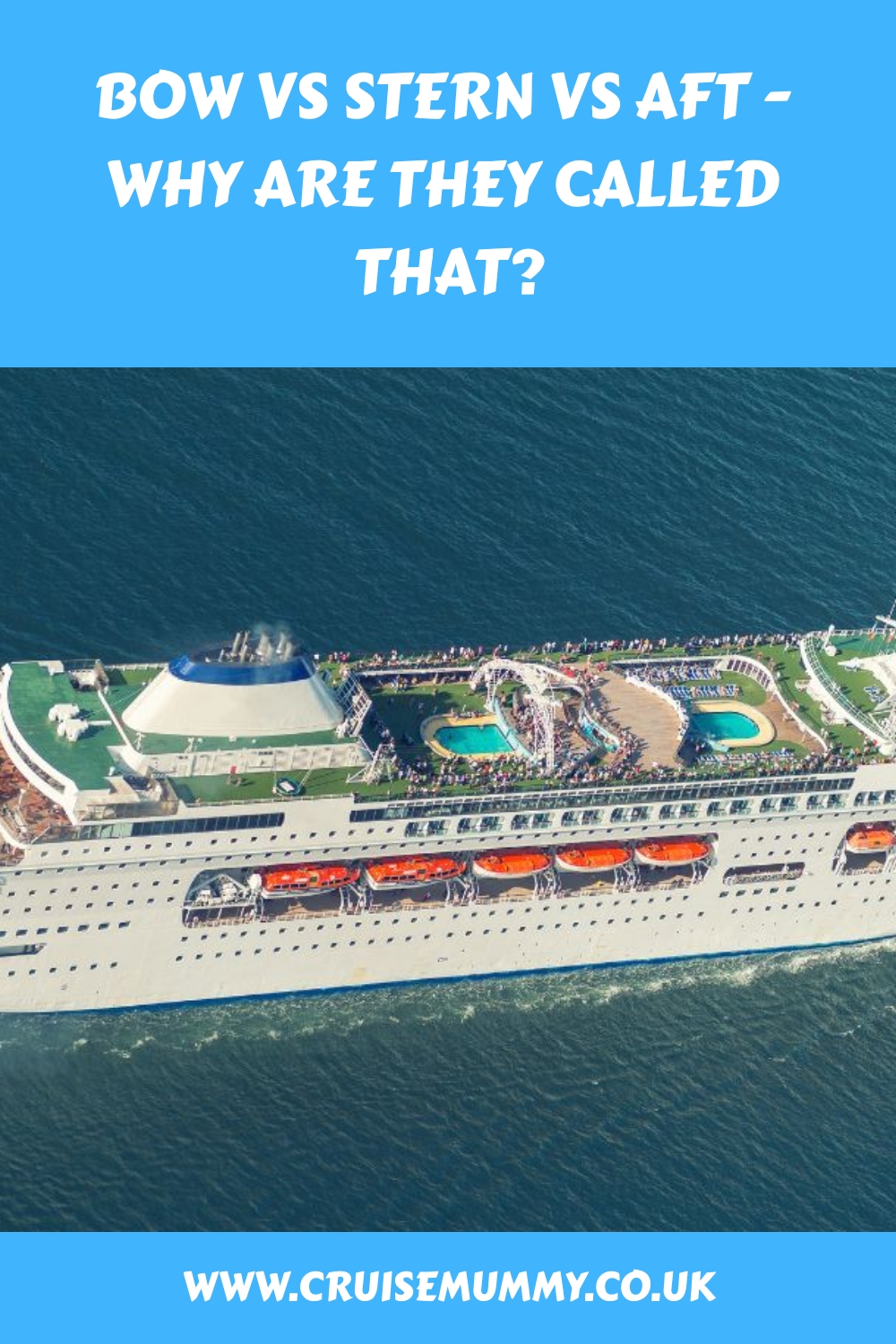The words used to describe a ship can be confusing for anyone that has limited nautical experience. There are a whole load of words that don’t really get used in any other walk of life. And a few words that you do know from normal life but which take on a completely new meaning when you are talking about a cruise ship.

So, if you find yourself wondering what is the difference between bow, stern and aft, then you’re not alone.
These terms get used a lot but are often not fully understood outside the boating world. So, I thought I would pull this guide together to fill you in.
It’s not essential to know all these terms before you go on a cruise but it’s nice to know what they mean in case you hear them being used by crew.
Understanding The Bow And Stern Of A Ship
In simple terms, the bow of a ship is the front and the stern is the back. The bow is the very front part of the ship and it’s often formed by an angled hull that will carve its way through the waves. The stern is the name for the part of the ship that is right at the back.
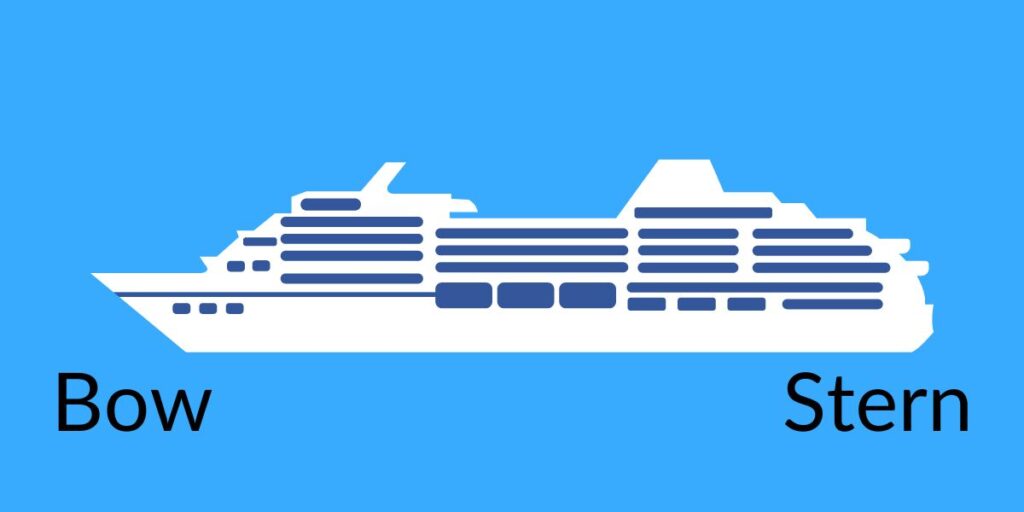
Cruise ships often have an open deck at the bow and the stern. If you like to see where you are headed then the bow is a great place to take in the view. The stern is a good place to stand as you leave port so that you can catch a last glimpse of the place you have just visited.
The Origins Of Bow And Stern
The terms bow and stern have been in use for hundreds of years. It is likely that the word stern came into English from the Norse language of the Vikings around the 8th century while the word bow has Germanic roots.

Etymology Of ‘Bow’
The use of the word bow for the front of the ship is believed to have originated from the German word ‘Bogen’ which means bend, bow, or arch. This eventually became bow in Modern English having developed from the Old English word ‘boga’.
The use of this word to describe the front of a ship started because wooden planks had to be bent or ‘bowed’ at the front of the ship to create a curved hull that was able to cut its way through the water.
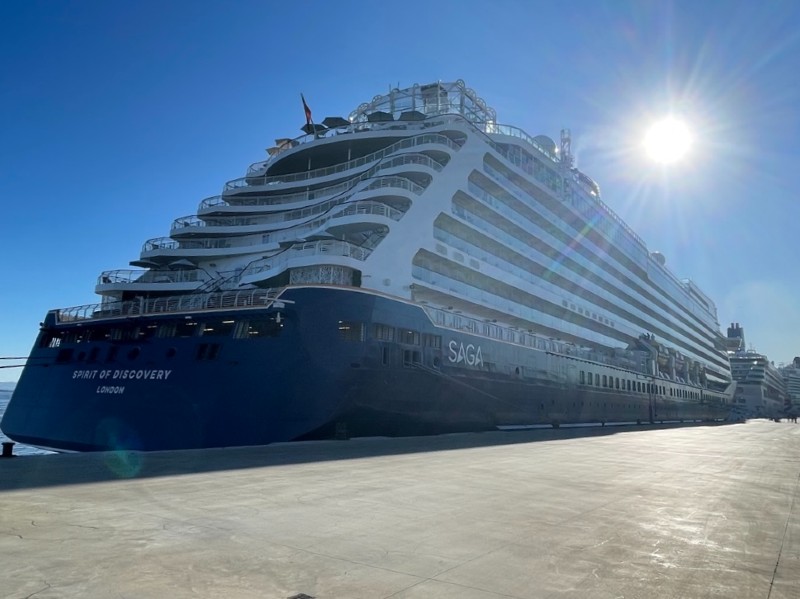
Etymology Of ‘Stern’
The Old Norse word ‘styra’ means to steer and this became the word ‘styrne’ in Old English. Later this became the more familiar ‘stern’ in Middle English. This makes sense because at this time sailing ships were steered from the back (stern!).
Suggested Reads: Suite Vs Mini Suite Vs Balcony
Understanding The Terms Aft And Forward
Aft and forward are directional terms rather than the names of parts of a ship. The bow is located forward on a ship (at the front) while the stern is located aft (at the back). When on a cruise ship you might talk about walking to the aft (back or stern) or walking forward (to the front/bow).
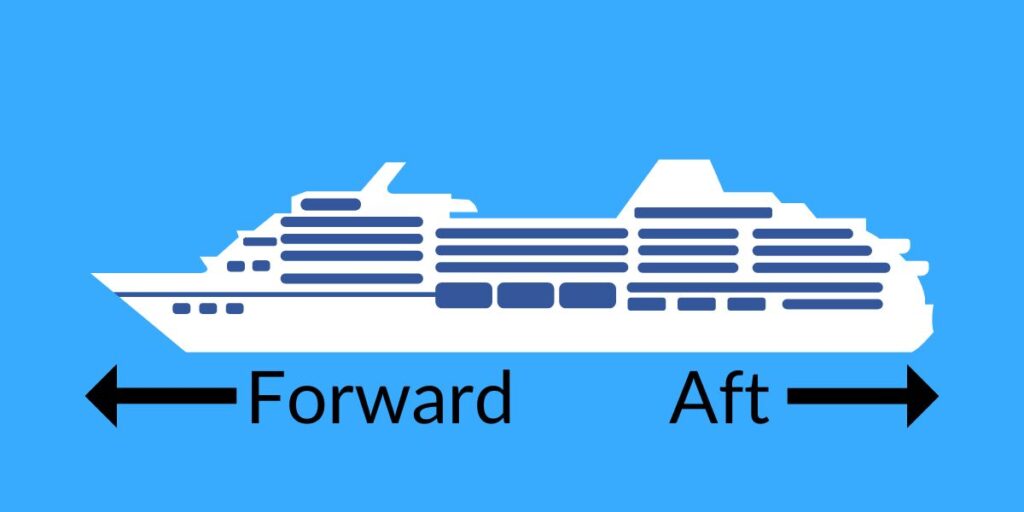
Etymology Of ‘Aft’
The term aft derives from the Old English æftan which means behind. The aft of the ship would be behind the mast or the captain on a sailing ship so it makes sense to use it as a directional term.
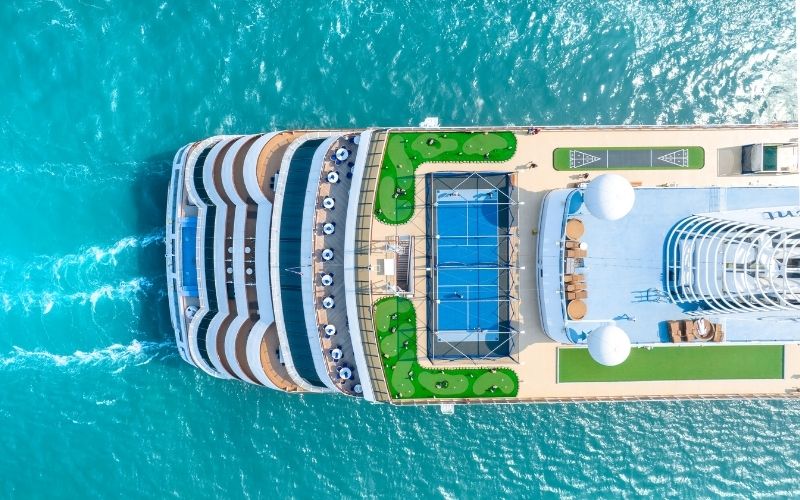
The word after comes from the same origin as aft and knowing this might help you to remember the meaning of aft, as it’s the area that arrives after the rest of the ship.
Aft vs. Stern: Why They’re Not Quite the Same
Aft is not the same as stern. Aft is a direction while the stern is a physical location. So you might walk aft from the bow of the ship and find yourself at the stern. The stern is a place and it’s the very back end of the ship.
It can be a bit tricky to get your head around these terms at first. Forward is pretty straightforward(!) as a directional term but aft may take a bit longer to get used to.
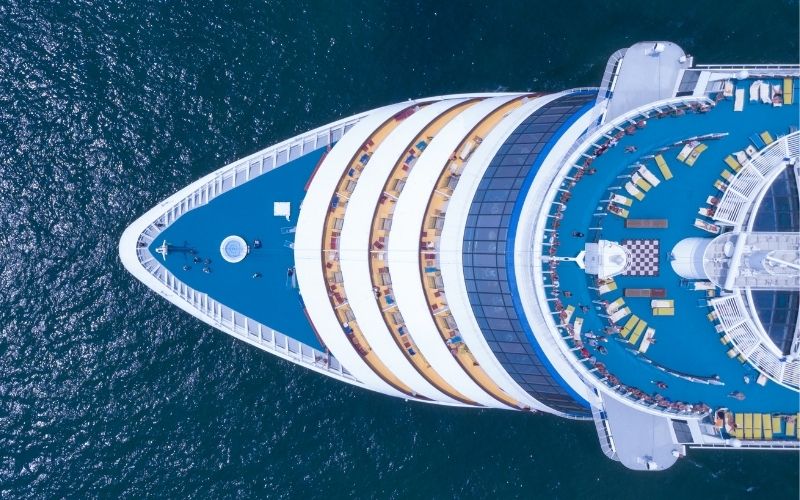
How To Remember Bow And Stern
I think that the simplest way to remember bow and stern is to think of them as a pair. Bow and stern. You know that they go together and one is the opposite of the other. Hopefully, you even know that one is the front of a ship and one is the back.
Once you have got that you just need to get one or other of the terms fixed inside your head and I suggest getting the bow locked in as it’s the easier one to remember.
Here are a couple of easy ways to remember it:
- When you bow you lean forward. So the bow of a ship must be the forward end. Easy.
- The front of a ship is curved, like a bow. This is in fact how the bow of the ship got its name and is another good way to remember it (don’t ask me why it’s now bow as rhymes with cow and not bow as rhymes with mow!?)
Hopefully, this will help you to remember what the terms bow and stern mean so that you will feel right at home on a cruise ship!
While you’re here, you may also be interested in learning how to remember port and starboard, as those are also tricky ones!
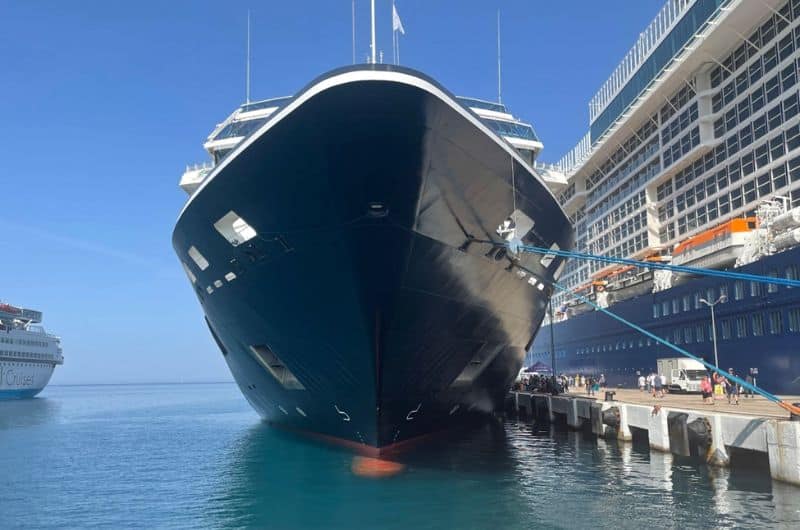
The Bottom Line
I hope that this post has helped you to better understand a few commonly used nautical terms.
- Bow = Front
- Stern = Back
- Forward = Forwards direction
- Aft = Backwards direction
So, moving forward will take you to the bow at the front of the ship. While if you are heading aft you will be going backwards and eventually you’ll get to the stern, which is the back of the ship.
And if you’re wondering whether choosing a cabin towards the front or back is better, then read this post next: Front vs. Back Cabins – Which to Choose?
TODAY’S BEST CRUISE DEALS!
Don’t miss these offers…
Related Posts
- How Big Is A Cruise Ship?
- What Does Draft Mean With Ships?
- What Is Deck 1 On A Cruise Ship? Is It Bad?
- The Correct Name For The Bottom Of A Cruise Ship Might Surprise You

Jenni Fielding is the founder of Cruise Mummy. She has worked in the cruise industry since 2015 and has taken over 30 cruises. Now, she helps over 1 million people per month to plan their perfect cruise holidays.

